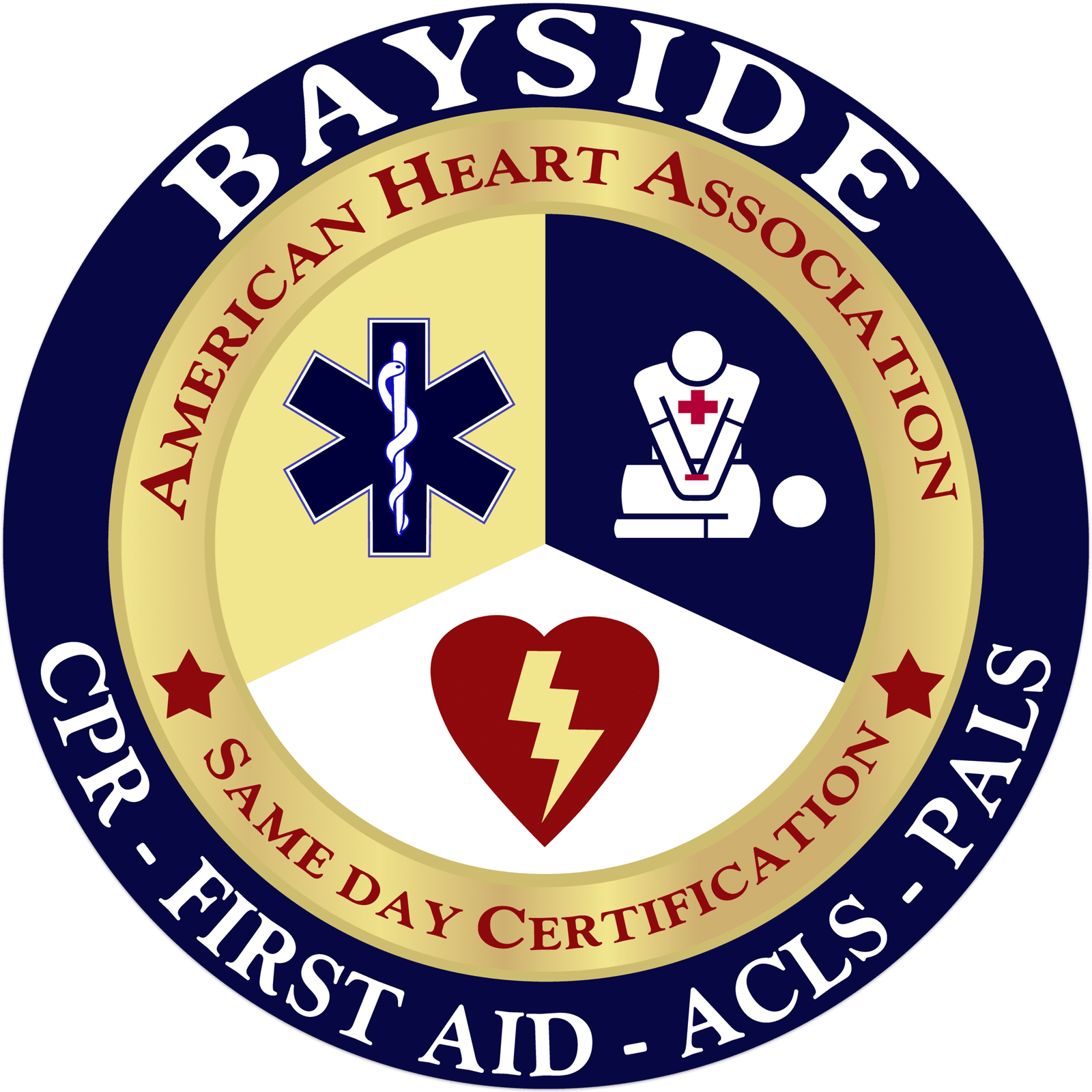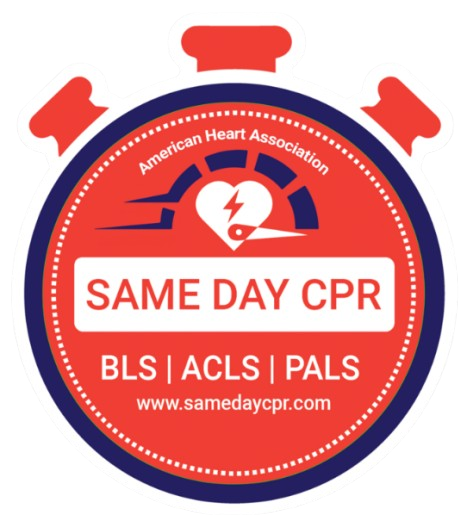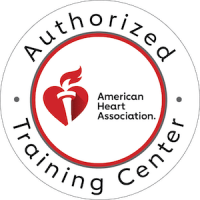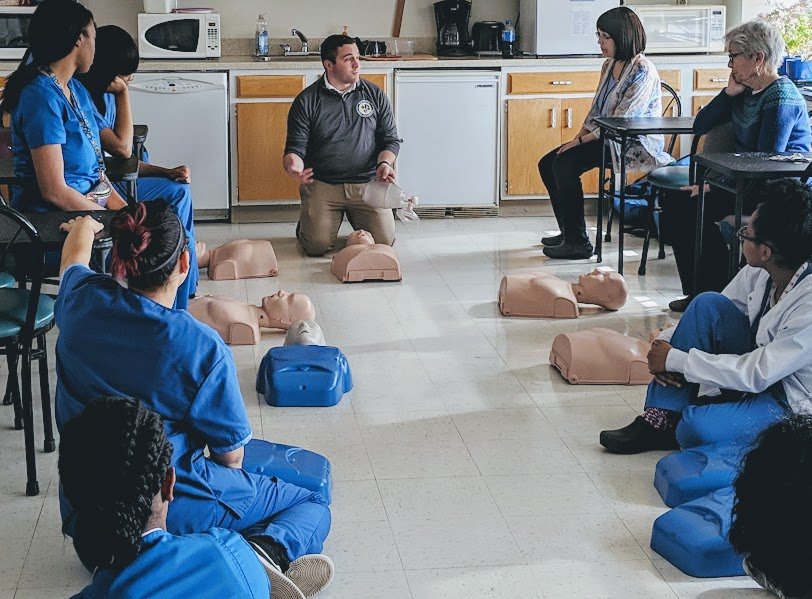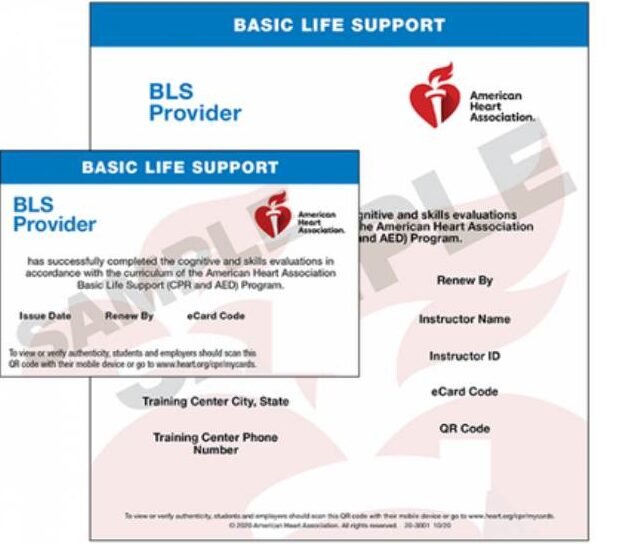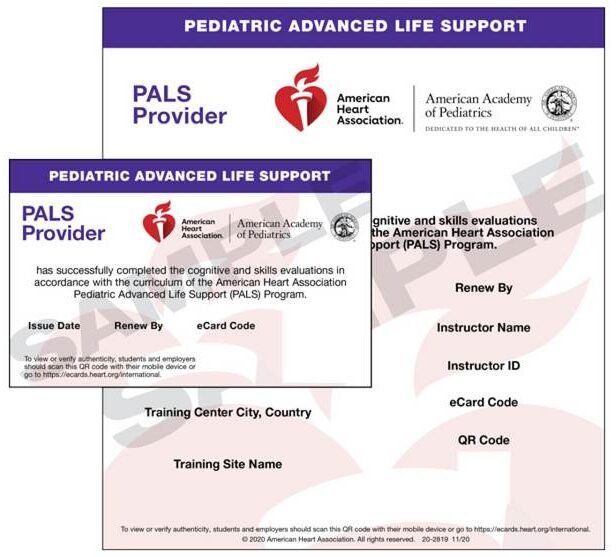Understanding how CPR (cardiopulmonary resuscitation) works is important because it can make a big difference when someone’s heart stops. CPR helps circulate blood and oxygen throughout the body when the heart stops. The brain especially depends on this flow, as it requires a constant oxygen supply to prevent damage. When the heart stops, the brain can begin to shut down quickly without oxygen. CPR helps deliver blood and oxygen to keep it alive until normal heart function resumes. Knowing the science behind it helps us see why CPR is so effective and how it can save lives in emergencies. It’s like giving your loved ones a chance to breathe and stay alive when they need it most. Do you know what other serious emergencies might require CPR? In this blog, we will explore how CPR works, what happens during cardiac arrest, and the role of CPR in heart and brain survival.
What Happens During Cardiac Arrest?
When the heart suddenly stops beating or isn’t pumping blood the right way, it is known as cardiac arrest. This means the blood can’t carry oxygen to the brain and other organs, which can cause them to stop working quickly. It’s different from a heart attack, which occurs when blood flow to a part of the heart gets blocked. During a cardiac arrest, the focus is on getting the heart to start pumping again fast because every second counts to keep the brain and body safe.
Many people think that a heart attack and cardiac arrest are the same. Knowing the differences between these two heart issues is important.
The Role of the CPR in Heart and Brain Survival
CPR plays a vital role in saving lives when the heart stops beating. It helps keep blood flowing to the heart and brain, giving them a chance to recover and stay healthy.
1. How CPR Help the Heart
When someone’s heart stops, starting CPR right away can help restart it by firmly pressing on the chest to get blood flowing again. Quick action keeps blood moving to the brain and heart, which helps prevent serious damage. For instance, chest compressions help simulate the heart’s pumping action and restart the heart on their own. In some cases, an electric shock called defibrillation is needed to beat the heart again. Therefore, early CPR is crucial in an emergency because the sooner blood circulation is maintained, the better the chances for recovery and saving the person’s life.
2. How CPR Help the Brain
CPR supplies oxygen to the brain by keeping blood moving, which carries vital oxygen and nutrients to brain cells. Without enough oxygen, brain cells can quickly get damaged or die, leading to serious problems. Maintaining continuous blood flow during CPR helps reduce this damage and keeps the brain healthy longer. There is a short amount of time, usually only a few minutes, when the brain can stay alive without oxygen before it gets permanently damaged. That’s why acting quickly with CPR is so important to protect the brain and give the person the best chance to recover.
Limitations and Effectiveness of CPR
CPR can save lives, but it’s not always perfect and may not work every time. The success depends on how quickly someone starts CPR after an emergency occurs. It helps keep blood flowing, but it might not restart the heart in all cases. The quality of chest compressions makes a big difference in how well it works. Even if CPR doesn’t restart the heart, it can still give the person a better chance to recover.
Advances and Enhancements in CPR
Recently, there have been some exciting advancements in CPR that make a difference. Automated external defibrillators (AEDs) have become more user-friendly and can quickly analyze a person’s heart rhythm to deliver a shock if needed. This technology helps bystanders feel more confident to act in emergencies. Additionally, modern techniques and updated guidelines focus on making CPR more effective and easier to remember. An important point to remember while the AED is analyzing is to ensure that no one touches the person to avoid interfering with the analysis. These improvements mean that more people can get the right help faster, giving them a better chance for recovery during critical moments.
Also, know when and how to use CPR and an AED together in a crisis.
The Vital Science of CPR: Rescuing Hearts and Minds in Emergencies
In short, understanding the science behind CPR shows us just how important quick action can be in emergencies. When someone’s heart stops, CPR helps keep blood and oxygen moving to vital organs like the brain and heart. This ongoing supply can be the difference between life and death. The faster CPR is started, the better the chances for survival and recovery. Recent advances, like user-friendly AEDs, make it easier for bystanders to step in and help. It’s important to remember that, legally, you are required to assess the scene first and ensure it is safe before touching or assisting the person. It’s incredible to see how these tools and the understanding of how CPR revives the heart and brain can save lives and give hope when every second counts.
Before helping someone, it’s crucial to understand what you’re legally required to do before you touch a person when responding to an emergency. Knowing your responsibilities helps ensure that you’re protected and that the help you provide is both safe and effective.
